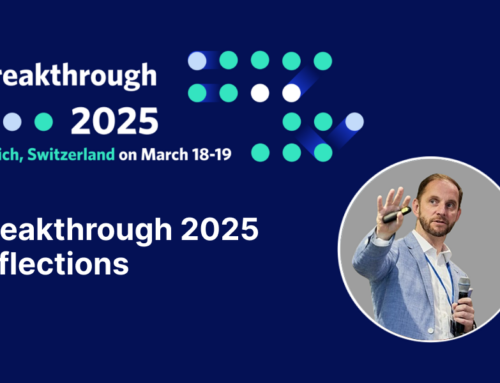Whether companies like it or not, consumers are discussing their products in social media forums. Comments about adverse events exist on patient forums, and on more generic social forums such as Facebook and Twitter. While much of what is said is not relevant or verifiable, there are safety signals that companies should be paying attention to, and that go to the heart of pharmacovigilance and social media.
The question, however, is how can companies monitor the vast arena of social media for potential drug safety signals? To tap the potential of social media, companies will have to make use of automated systems and the power of artificial intelligence.
How to Mine Social Media For Adverse Drug Event Information
Social media surveillance is generally carried out in following sequential steps:
- Text mining for AEs from social media posts
- Filtering and classification
- Detection of AE-drug association
- Extraction of ADRs
- Qualitative & quantitative assessment for signal evaluation
Advanced cognitive tools, based on natural language processing (NLP), can be applied to auto-detect drug names and reaction terms, including variations from misspellings, from social media posts, followed by filtering out irrelevant posts. Machine learning algorithms can then be applied to perform complex statistical analysis, combining pharmacovigilance data from other sources such as spontaneous reports, medical literature, and post-authorization safety studies.
A rule-based machine learning technique called association rule mining can then be used to identify possible adverse events or adverse drug reactions (ADRs). Supervised learning method and a lexicon-based approach to sentiment analysis are used for identifying ADRs using a precompiled list of ADR mentions.
Machine learning capabilities, using advanced algorithms, can be deployed to evaluate the strength of the AE-drug relation discussed in the social media post, applying both a quantitative and qualitative assessment for signal evaluation.
How Social Media Can Provide Adverse Event Reporting Using Artificial Intelligence
Artificial Intelligence (AI) in pharmacovigilance can be deployed to monitor many different forums, including microblogging sites such as Twitter, patient support forums, such as the American Diabetes Association and Medications.com, as well as disease support networks, such as MedHelp.
While the regulators have yet to mandate monitoring social media forums that aren’t under the management or responsibility of the company, authorities are certainly paying closer attention to social media. The FDA, for example, has noted an interest in social media and the potential for social forums to lead to earlier detection of rare and serious adverse events. The agency has said that, for now, adverse event information from social media should be treated as spontaneous reports.
With social media now entrenched in people’s lives and a valuable way for patients to discuss and exchanged information about the drugs they take, companies must find ways through automation to monitor and mine these forums.
Over the coming weeks, we will share insights on the role AI already is playing and its future potential in PV. Find out more about social media, pharmacovigilance and automation by viewing our recent webcast: Productivity, Compliance and Quality: The Holy Grail of Pharmacovigilance




